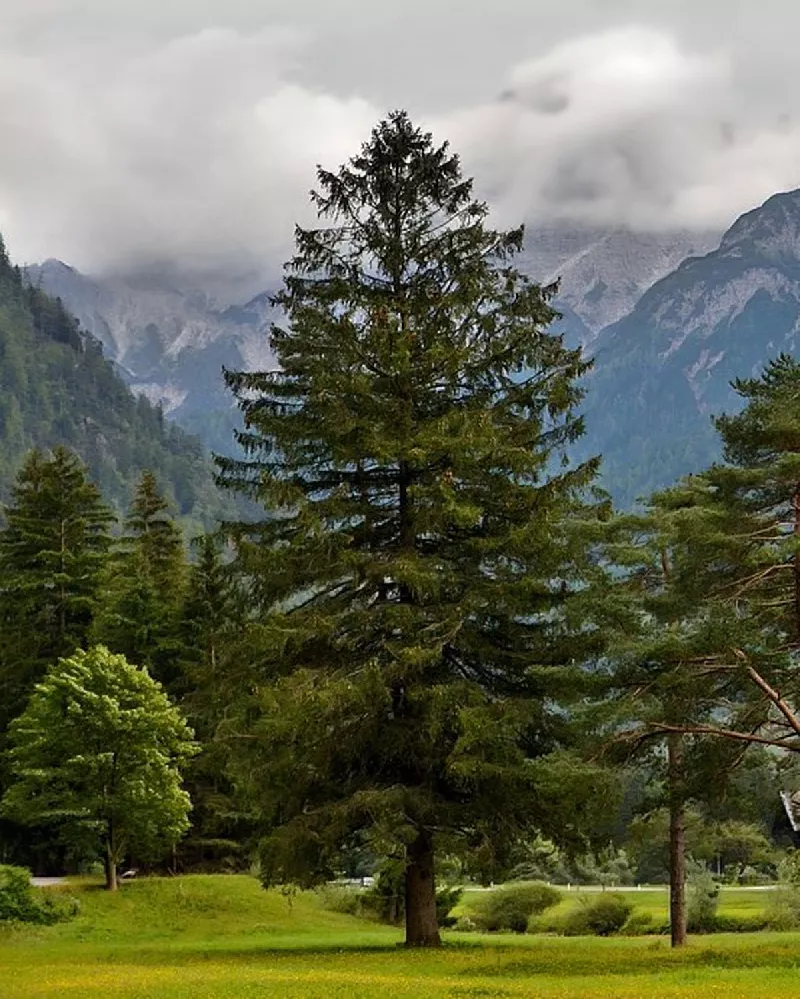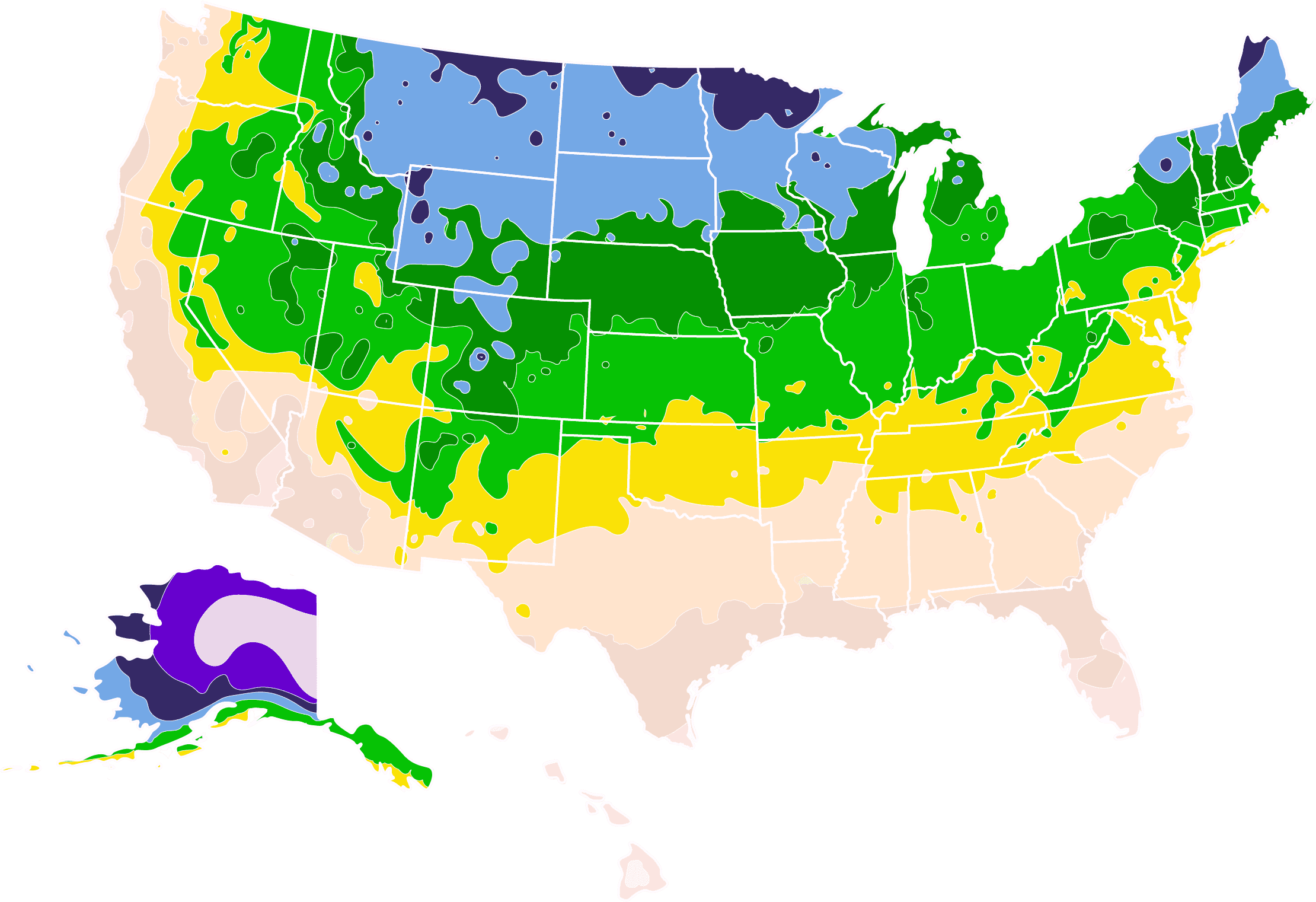- Home >
- Spruce Trees >
- Norway Spruce Trees
Norway Spruce Trees for Sale - Buying & Growing Guide
- Ships in 1-2 days
- 1-Year Warranty Eligible
- Pots or accessories are not included unless specified in the product options.
Shipping Details:
Once your order is shipped, you’ll receive an email with a tracking number and estimated delivery date. Most orders ship immediately, but some items are seasonal and may only ship in spring or fall. These products are noted on the website.
The Norway spruce tree, also known as Picea abies, is one of the most popular evergreen trees around. It’s common in garden centers or nurseries year-round and often fills Christmas tree lots in the winter. The pyramidal shape and dark green needles make it a perfect specimen tree or as one part of a tight windbreak. Here are a few reasons you should choose to add one to your garden or landscape:
- The Norway spruce tree is the fastest-growing of all the spruce varieties.
- Once established, spruce trees need no pruning or regular maintenance.
- Norway spruce trees have large attractive cones that measure four to six inches long.
Plant Care
Sunlight

Four to six hours or more will work best for this plant. Avoid heavy shade.
Watering
Water weekly while the tree is establishing itself. Once mature, water needs are very low.
Fertilizing

Use a nitrogen-rich fertilizer once per month during the spring and summer.
Planting and Care
Planting instructions
Provide your Norway spruce tree six hours or more of unfiltered, direct sunlight daily. Full shade is not an option for these sun lovers. These trees do well in the cooler climates zones as they are incredibly cold-hardy. Norway spruce do not care for warmer areas and will not thrive without some freezing temperatures. Choose a planting site based on your chosen cultivar. Most Norway spruce varieties prefer well-draining, moist soil that leans toward acidic. Clay, loam, and sand are all well-tolerated. There is little need for extensive site preparation as these trees don’t have a problem with grass or weeds. Native Norway spruce trees need wide open space. Other varieties can be in containers or even in small gardens. These trees handle transplanting well, so you can start one in a pot and then decide later where to plant it. Dig a hole twice the width of your root ball or the tree’s container. It is better to plant on the shallow side than too deep as you don’t want the trunk underground. Mix some organic compost in with the dirt you have removed from the hole. Place the tree in the hole and backfill it while protecting the roots. Tamp the soil down and water deeply. Mulch the area without placing any material against the trunk.
Watering and nutrients
Water your Norway spruce thoroughly after planting and during dry spells to keep the ground moist. Once Norway spruce trees establish, they won’t need much regular watering as they’ll find their own source. It is rare for your Norway spruce trees to need fertilizer or feeding, but it can help. Once per month in the spring and summer, you can give this tree an application of nitrogen-rich fertilizer. Before planting your tree, you may test your soil to ensure it is on the acidic side.
Pests, diseases, and animals
The Norway spruce has a few enemies like sawfly larvae, spider mites, and bagworms. Diseases include cytospora canker, Rhizosphaera needle cast, and leaf rust. Be vigilant and keep an eye on your trees. It can help you stop any issues before they become problems. Norway spruce trees are an essential habitat for many types of wildlife and some insects. Small game such as grouse and hares share the provided cover with deer. Many songbirds and small mammals also call the spruce trees home. Predators like hawks and owls favor the Norway spruce as excellent roosting spots.
FAQs
Do Norway spruce trees grow fast?
Norway spruces are fast to moderately fast-growing trees. They average anywhere from 13 to over 24 inches of vertical growth per year. It is not uncommon for a mature tree to reach 60 feet tall in 20 years in optimal growing conditions. They may also have a canopy spread of 25 to 30 feet in diameter during that same period.
Are any parts of the Norway spruce edible?
The tree is non-toxic, with most parts of the Norway spruce being edible, if not wholly palatable. Spruce trees are a favorite source of winter foraging materials. A hot tea made with the tree’s needles provides a nutritious and somewhat tasty beverage full of vitamin C.
Are all Norway spruce trees large?
Some ancient trees in the Norway spruce’s native Europe have been measured up to 200 feet tall. But Norway spruce comes in several shapes and sizes. The most recognizable form is the pyramid shape and towering heights. But there are other varieties that deviate from that shape. Some varieties make great container plants, while others can form majestic windbreaks. Some cultivars lend themselves to the art of bonsai.
Where does the Norway spruce come from?
The tree’s name is misleading. It originates in Europe, although it did not originally grow in Norway. This coniferous evergreen arrived in Norway in approximately 500 BC. Today, this tree has found a home in most cooler climates across the world.










